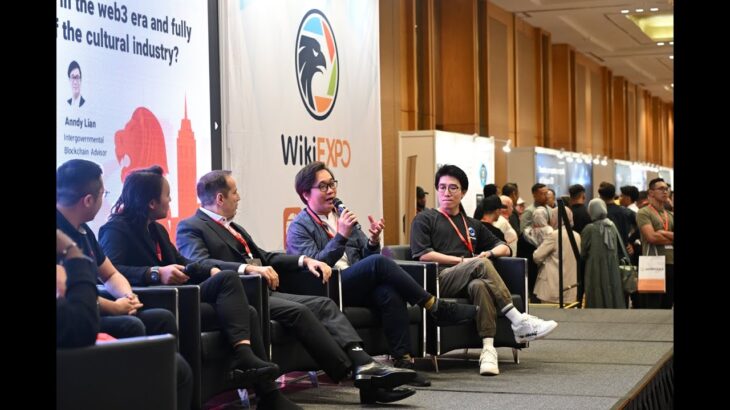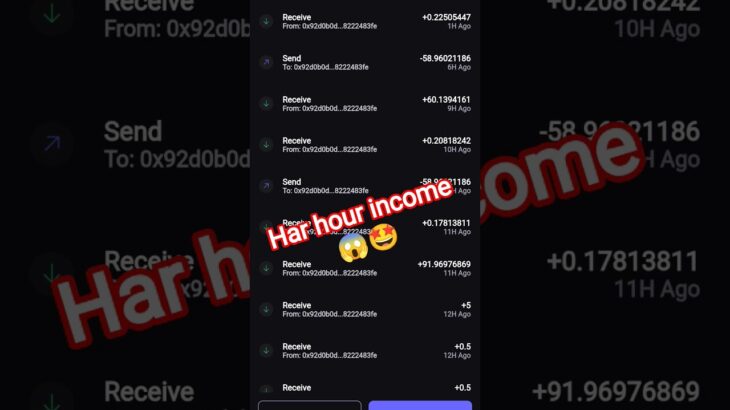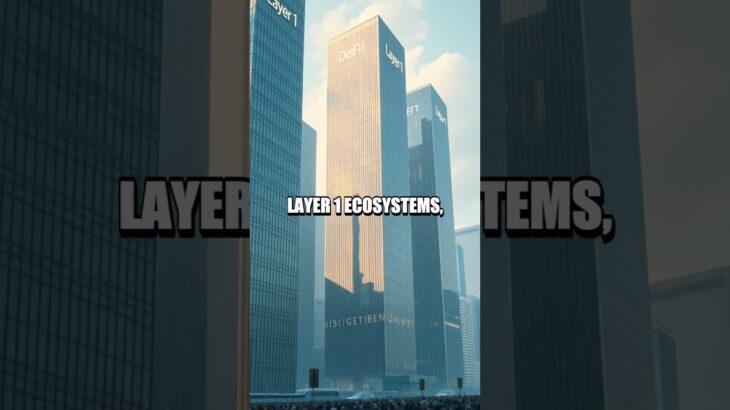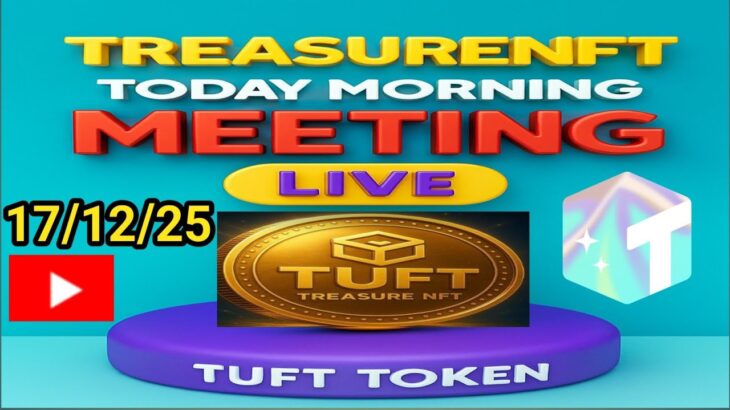The rise of Non-Fungible Tokens (NFTs) has sparked a remarkable transformation in the cultural and creative economy, ushering in an era filled with new possibilities within the web3 ecosystem. NFTs offer creators unprecedented opportunities to monetize their work, establish ownership, and engage with their audience in exciting and innovative ways. This panel, organized by WikiEXPO explores the ways in which NFTs empower the creator economy and contribute to the development and prosperity of the cultural industry.
The panelists are Ganesh R, Co-founder, Firebond; Hanis Harmiles, Founder, Reinvent DAO; Tony Fu, Founder, NFT China; James Lee, CCO, Srarry Nift; Caesar Chen, Ethereum Developer & Anndy Lian, Intergovernmental Blockchain Advisor.
Direct Monetization and Increased Revenue:
NFTs provide creators with a distinct advantage: the ability to monetize their work directly, without the need for intermediaries. By minting and selling their digital creations as NFTs, artists can bypass traditional platforms and retain a larger portion of the revenue generated. This direct relationship between creators and collectors promotes a more equitable distribution of profits, ensuring that artists receive fair compensation for their contributions and fostering a sustainable economy.
Royalties and Secondary Sales:
A revolutionary aspect of NFTs is the inclusion of smart contracts. Creators can program these contracts to include royalties, guaranteeing them a percentage of future sales. This means that artists can benefit from the increasing value of their work over time or from subsequent sales on secondary markets. Such a system provides artists with a consistent revenue stream, incentivizing them to continue producing exceptional works and fueling the growth of the cultural industry.
Authenticity and Provenance:
Authenticity has long been a concern in the art world. However, NFTs tackle this issue by leveraging blockchain technology to establish transparent and immutable records of ownership and provenance. Each NFT is uniquely identified and linked to its creator, making it incredibly difficult to counterfeit or plagiarize digital assets. Collectors can now have confidence in the legitimacy and originality of the NFTs they acquire, building trust within the ecosystem and driving the demand for digital creations.
Tokenizing Intellectual Property:
NFTs extend beyond traditional visual artworks, encompassing a wide range of digital content such as music, videos, virtual real estate, and virtual goods. This ability to tokenize intellectual property opens up new avenues for creators in various fields to monetize their unique creations. Musicians, for instance, can release albums as NFTs, granting exclusive access to bonus tracks or backstage experiences. Filmmakers can tokenize movie memorabilia, offering collectors the opportunity to own iconic props or moments from their favorite films. This expansion of tokenization possibilities stimulates creativity and innovation, propelling the cultural industry forward.
Community Engagement and Collaboration:
NFTs foster direct interaction between creators and their audience, nurturing a sense of community and engagement. Artists can utilize platforms built around NFTs to communicate with collectors, offer exclusive perks, organize virtual events, and cultivate a dedicated fan base. This heightened connectivity enables creators to receive insights, feedback, and support from their community, resulting in more refined and impactful artistic creations. NFTs also facilitate collaboration between artists, encouraging the exchange of ideas, cross-disciplinary projects, and collective creativity.
Decentralized Marketplaces and Creative Freedom:
In the web3 era, NFTs are accompanied by decentralized marketplaces that empower creators with greater autonomy and creative freedom. These platforms eliminate the need for traditional gatekeepers, allowing artists to reach a global audience without geographical limitations. Moreover, creators have the flexibility to experiment with various pricing models, access real-time sales data, and maintain control over their artistic direction. By removing barriers and creating a more inclusive environment, NFTs unlock the full potential of the creator economy, fostering a thriving cultural industry.
Conclusion:
NFTs have emerged as a powerful force propelling the cultural and creative economy into uncharted territories. By empowering creators through direct monetization, royalties, authenticity, and community engagement, NFTs have revolutionized how artists interact with their audience and monetize their work. Through the tokenization of intellectual property and the freedom offered by decentralized marketplaces. As this technology continues to evolve, it promises to reshape the future of creativity, creating a more vibrant and inclusive ecosystem for artists and enthusiasts alike.






